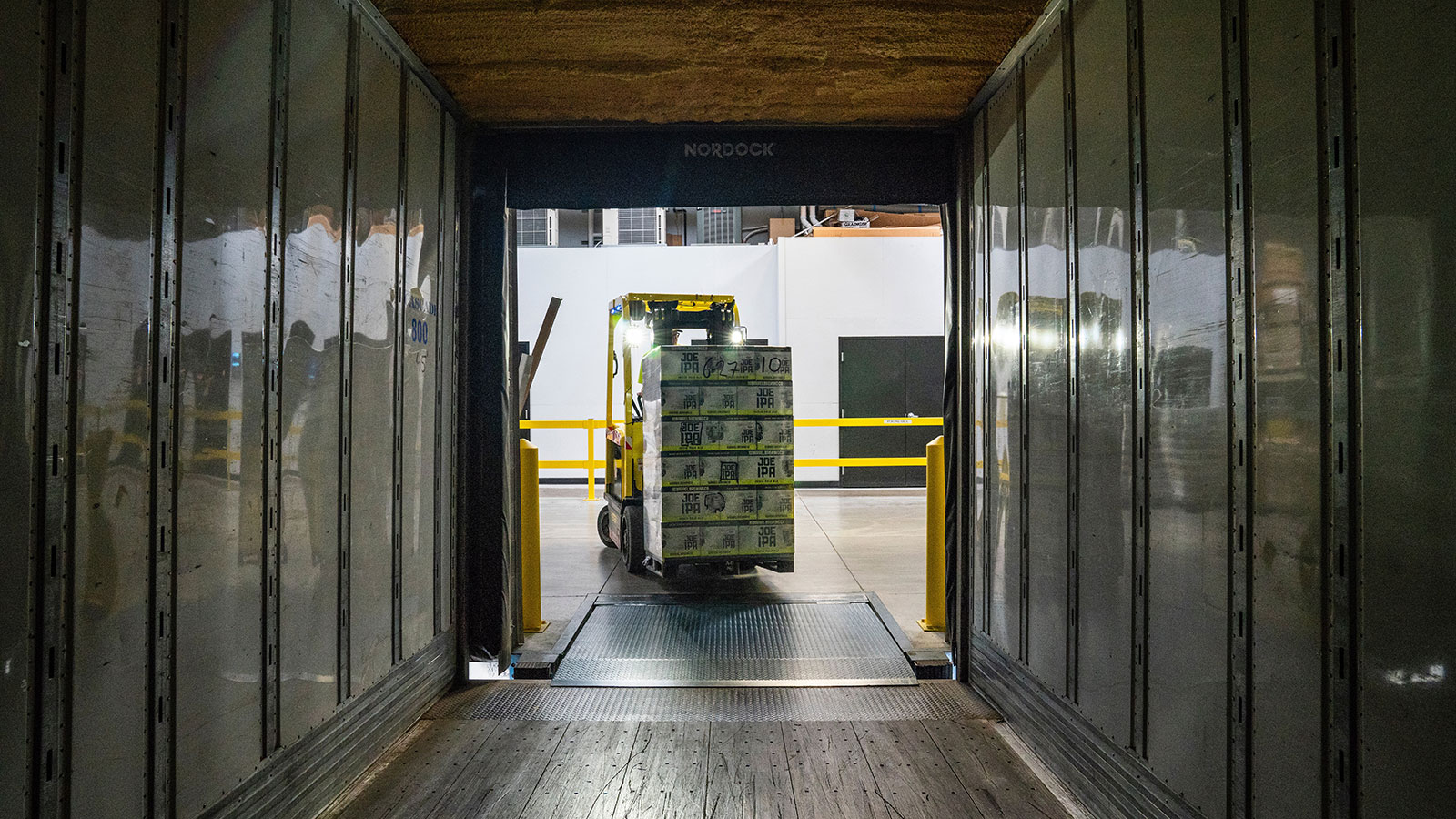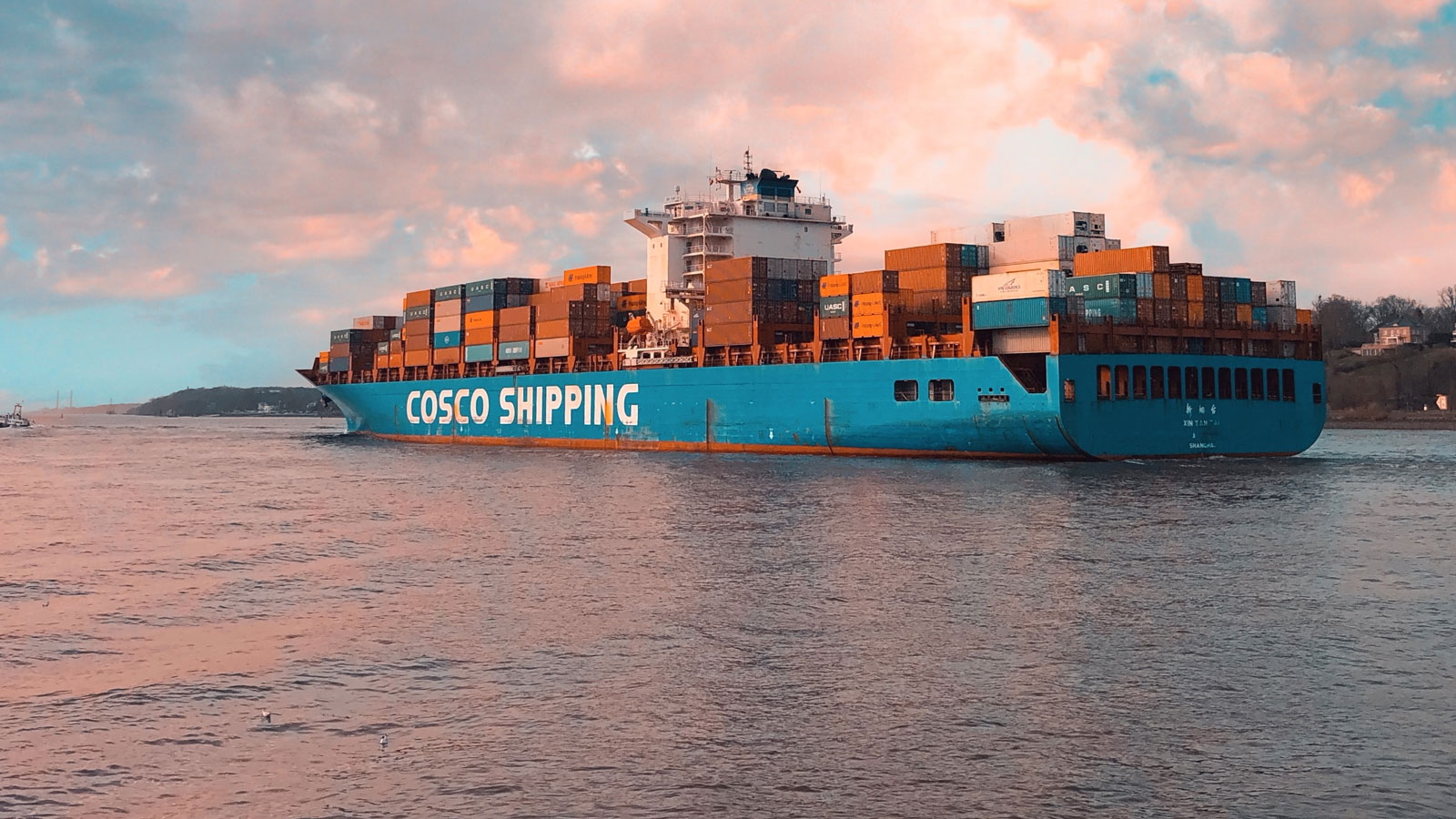In the cold chain, which is the cooling of products during storage and transport, managing and controlling the product condition is the biggest challenge. In this logistical process, it is important to guarantee optimal quality when goods arrive at their destination and prevent waste. The flower industry is an example of this. As a result of unsold flowers alone, there is an average of 40% waste. This percentage equates to $1.04 billion per year. After flowers are grown, they travel by various means of transport through multiple hubs before arriving at their final destination. This process is a complex undertaking, as flowers are delicate and must be kept at the right temperature. Better tracking of the conditions during flower shipment prevents damage and extends shelf life. This is possible with IoT.
Food transport
Another example where accurate monitoring of the cold chain is important is the refrigeration of food during transport. About a third of the food produced annually for human consumption, about 1.3 billion tons, is lost or wasted. In addition, regulations are tightened for every phase of logistics and distribution of food, such as the Food Safety Modernization Act (FSMA) in the US. The FSMA determines how often temperature measurements must be performed. However, if the driver does not check the temperature at the right time, it is no longer possible to intervene in time. To prevent food waste and comply with strict regulations, it is important to improve temperature registration and continuously monitor the cargo.
Cold chain problems
These two examples show how complicated it is to manage the cold chain. Products pass through various hubs where they are often stalled for a while before being moved. Or they are transported at the wrong temperature because the real-time temperature in the truck is not visible to the driver. Some means of transport are also often used for different products. One moment the driver is transporting products in -5 degrees, while the next load of products must be transported in +3 degrees. This may result in loss of product or damage to the product. The whole system relies on the frequency, timeliness, and accuracy of human actions, and this often leads to errors. By deploying IoT, you counteract this.

Monitoring logistics process with IoT
With IoT, you can monitor the environment, such as the cold store, truck, or distribution hall, and track the load with temperature trackers. The developments in the field of IoT are moving at lightning speed. This makes IoT solutions not only better and more reliable but also increasingly cheaper. In addition, the implementation of an IoT solution is becoming easier. IoT is being used more and more also for cheaper products in the cold chain. How does it work? Temperature sensors automatically capture critical checkpoint temperatures and transmit the data to a platform. Notifications indicate when the temperature is above or below the required level, and employees can control this immediately. In addition, they can discover patterns or vulnerabilities in previous data records and intervene before an error occurs. The sensors can also track the location of the shipment in real-time.
IoT is transforming logistics systems and can bring the same revolution to cold chain systems as well. While IoT devices require additional investment, the long-term benefits and savings they bring about are great. BACE is an IoT building block specially developed for such applications. Do you want to know how this ready-to-go solution can contribute to managing the cold chain more efficiently? Click here.

